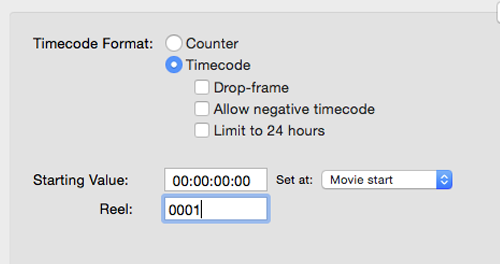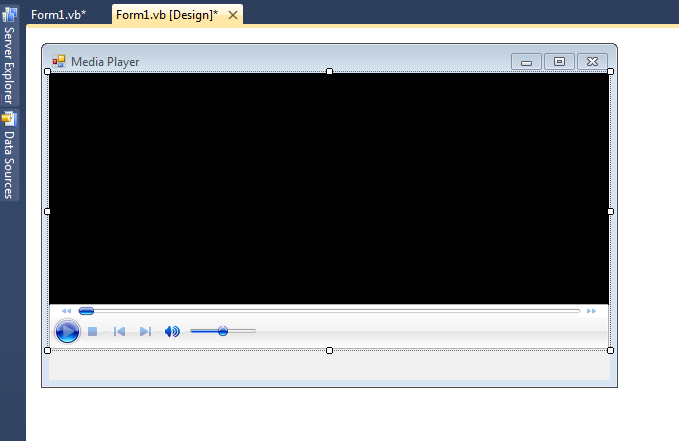

- Create your own fields of the media meta data. code#
- Create your own fields of the media meta data. plus#
Create your own fields of the media meta data. plus#
On Typeform Plus and higher plans, if you've already set up a custom subdomain, you can also create a personalized form URL under Custom link. Custom linkīy default, all typeform URLs have the form "/to/abcdef", where "abcdef" is a unique string of several characters. This will allow the new meta information to appear on your device. On some apps, like Whatsapp, for example, you can open the apps settings and choose clear cache.

To speed up the process, duplicate your typeform, make sure the meta information is correct, and share it again on your chosen platform. If you edit your typeform’s meta information after sharing it, it might take some time for this to be reflected on platforms like LinkedIn, Facebook, Line and others. If so, which standards would apply to which fields Alternatively, you can create your own data value standards, such as, a subject vocabulary specific to. I edited my meta information, but it’s not showing properly! When sharing on Twitter, the post looks like this: When sharing on Facebook, the post looks like this: Examples of how meta information displays Your new changes will save automatically. All you need to do is check the box in the render window to enable metadata embed, and fill in the fields in the metadata edit window. The content metadata is stored in an associative array by the script and provided to the various screen objects as needed for display. Be aware that changes to your meta description can take between four days and two weeks to be reflected in search engine results. Therefore, it will not appear in search results.
Create your own fields of the media meta data. code#
If the option is disabled (which is the default setting) it will add a ‘noindex’ meta tag in the typeform’s HTML code and ensure that search engines don’t index the page. When enabled, it allows search engines like Google to index your typeform so it will appear in search results. When people are searching for assets, they can choose a tag from a custom metadata field dropdown menu so they don’t have to guess how your team tags images. It helps you make sure images are tagged the same way every time, and helps cut down on typos. This is where you edit the text description that will be displayed as the preview text in search result pages, social media sites, and messenger applications.īy flicking the switch you can enable or disable indexing. Custom metadata allows you to create your own fields and tags. There are no rules for dimensions, but we can recommend you use landscape images of 1200 x 630 pixels, or 1200 x 1200 pixels for square images.īy default, this will be the name of your typeform. You can edit it here. To see the new changes you either have to re-start your Java Client or just create a new Workspace.Note! The maximum size for your image file is 2MB. For the mapping of Media API JSON metadata fields to Media API NewsML-G2. If you ultimately want to search for these new Metadata Fields (search by location, client etc.), you can modify the Advanced Asset Search Filter by going into the Administration window -> Metadata Group -> select Asset Filter and then add your new fields in the Fields column. AP content metadata helps you search or group content in your own systems.

So after you've created all of this, when an editor goes to upload assets, if they choose "Media" metadata set, they can add the metadata that you provided them in the Upload window. On the right, type the name of the custom field that will contain the contents of the IPTC, XMP, and EXIF metadata field. On the left, type the name of an IPTC, XMP, and EXIF metadata field. Get the list of the custom metadata fields for the current account. If you want to limit your editors from adding gibberish or just mis-spelling metadata, I would just create lookups so they are limited in their choices.this is good for organization. User Menu > Settings > Configuration Options > Custom Fields > Metadata Mapping. You can create any metadata field you want. You CAN however create a new group and just make all these new fields (client, footage location, date) which then you could add them to existing metadata sets like "Graphic" "Media" etc.Ĭurrently "Client" metadata field already exists, in the Java Client Administration window, you would have to create "Location" (currently Location exists but I believe it just tells you the physical location of the asset like which project its in) and "Date". I don't know how other people are doing this but I don't see the real reason in creating a new metadata set, (if anything creating a new Audio would be a suggestion) but I believe "Graphic" "Media" "Documents" are fine metadata sets.


 0 kommentar(er)
0 kommentar(er)
